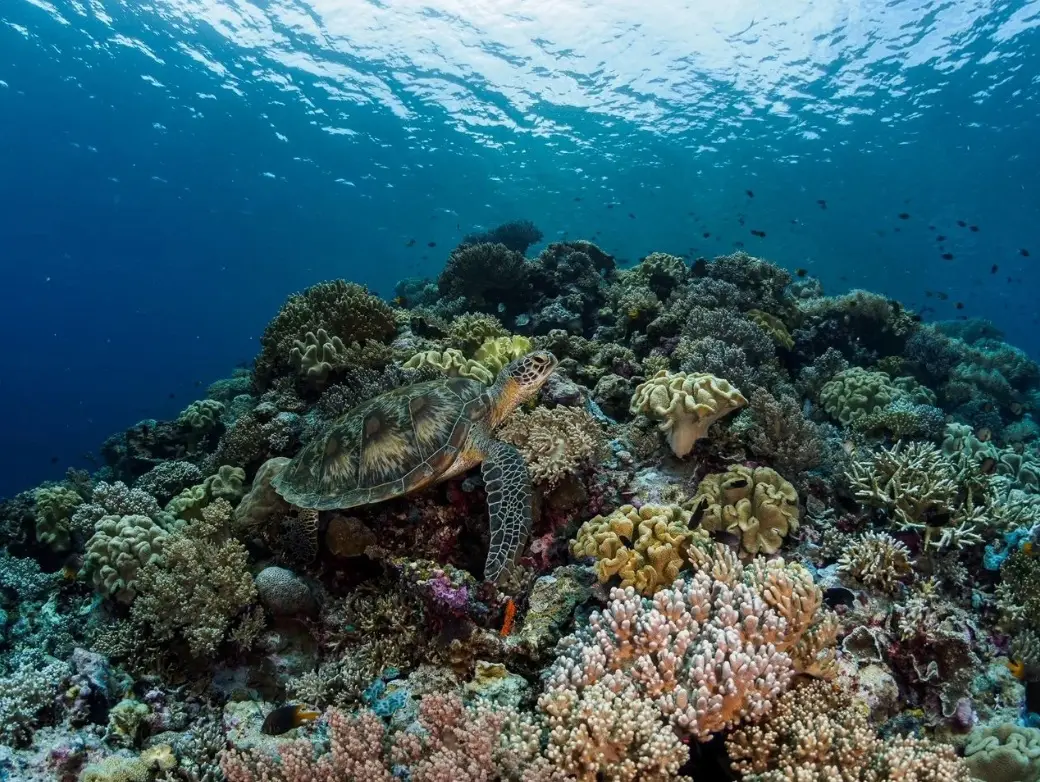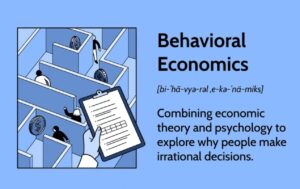by David Freedman Coral Reef Conservation and Biodiversity Awareness | Early Career Ocean Professional (ECOP)
The ocean economy, often overlooked, represents a significant opportunity for investors seeking clean and profitable ventures.
Despite the challenges, such as difficulty in measuring returns, limited access to capital, and high initial costs, the blue economy offers substantial potential for long-term economic growth and environmental resilience. Overcoming these hurdles through innovative financial models and a shift in investment strategy can drive immense value and global economic development.
According to the Organization for Economic Co-operation and Development (OECD), the ocean economy could contribute up to $3 trillion to global GDP by 2030, emphasizing its vast potential (OECD, 2016).
The Investment Case for Oceans: Navigating Challenges
1. Measuring Returns: Quantifying the Intangible Benefits
One major challenge in ocean investments is measuring returns. Benefits like improved water quality, increased biodiversity, and enhanced climate regulation are often intangible and hard to quantify. This makes it difficult to create compelling investment cases. Additionally, long-term environmental monitoring to demonstrate positive impacts can increase costs and complexity.
However, innovative financial instruments, such as environmental impact bonds and outcome-based funding models, can help quantify these benefits and link them to measurable financial returns (World Bank, 2020). For instance, using data analytics and advanced monitoring techniques can offer transparency and reliability, which are critical for investor confidence.
2. Limited Access to Capital: Expanding Blue-Specific Financial Instruments
Limited access to capital is another significant barrier. The current lack of blue-specific financial instruments, like blue bonds and dedicated impact investing funds, restricts available investment channels. The Blue Economy has traditionally received a fraction of the capital allocated to other sectors like renewable energy.
According to the United Nations Environment Programme (UNEP), increasing awareness and developing tailored financial products are essential steps to bridge this gap (UNEP FI, 2018). Growing markets for sustainable seafood, renewable ocean energy, and marine biotechnology also offer significant opportunities. By tapping into these markets, investors can drive economic growth while supporting sustainable development goals (SDGs).
3. High Initial Investment Costs: Spreading Risks Through Collaboration
High initial investment costs, such as expensive R&D for ocean technologies and complex project logistics, can deter investors. The technological innovation required for ocean exploration, sustainable aquaculture, and marine energy can be cost-prohibitive.
However, the economic potential of the ocean economy is substantial. Public-private partnerships and blended finance models are crucial for spreading these costs and reducing risks. For example, investments in offshore wind energy have shown that shared costs and collaboration between governments and private sectors can make high-cost projects feasible (International Finance Corporation, 2019). These collaborative approaches can enhance investment appeal by distributing the risk factor among multiple stakeholders.
The Long-Term Vision: Aligning with Sustainable Goals
The traditional focus on short-term returns conflicts with the long-term nature of ocean investments. Projects focused on ecological restoration and sustainable management require time to yield visible results. Investors must adopt a long-term perspective, recognizing the benefits of sustainable ocean investments for climate resilience, food security, and economic stability.
Aligning investment strategies with broader sustainability goals can ensure not just financial returns but also ecological and social benefits. As highlighted by the World Economic Forum, long-term investment in the blue economy is essential for meeting the Paris Agreement targets and the United Nations SDGs (World Economic Forum, 2020).
Conclusion: The Time to Invest in Oceans is Now
Investing in the blue economy is not just about environmental stewardship; it’s a strategic economic decision that offers high returns over time. By addressing challenges through innovative financial instruments, increasing awareness, and promoting long-term investment strategies, we can unlock the full potential of ocean investments.
As the global economy moves towards an evergreen future, the blue economy provides a vital opportunity for growth and resilience. Financial institutions, private investors, and stakeholders must recognize the value of the oceans and take action now to invest in a sustainable future.
The ocean’s health is directly tied to our global economic stability, and the time to invest is now.
References
- OECD. (2016). The Ocean Economy in 2030
- World Bank. (2020). Innovative Financial Instruments for Sustainable Development: Environmental Impact Bonds
- UNEP FI. (2018). The Role of the Financial Sector in the Blue Economy. United Nations Environment Programme Finance Initiative
- International Finance Corporation. (2019). Blended Finance in Offshore Wind: Scaling Investment in the Blue Economy. IFC
- World Economic Forum. (2020). The Blue Economy: Harnessing Ocean Wealth for Sustainable Development. World Economic Forum




